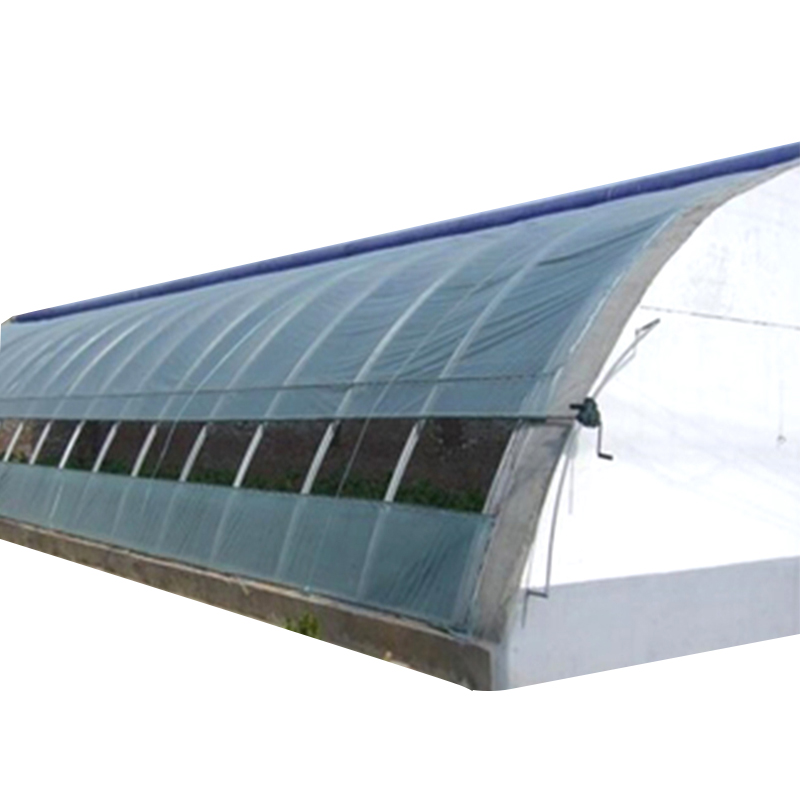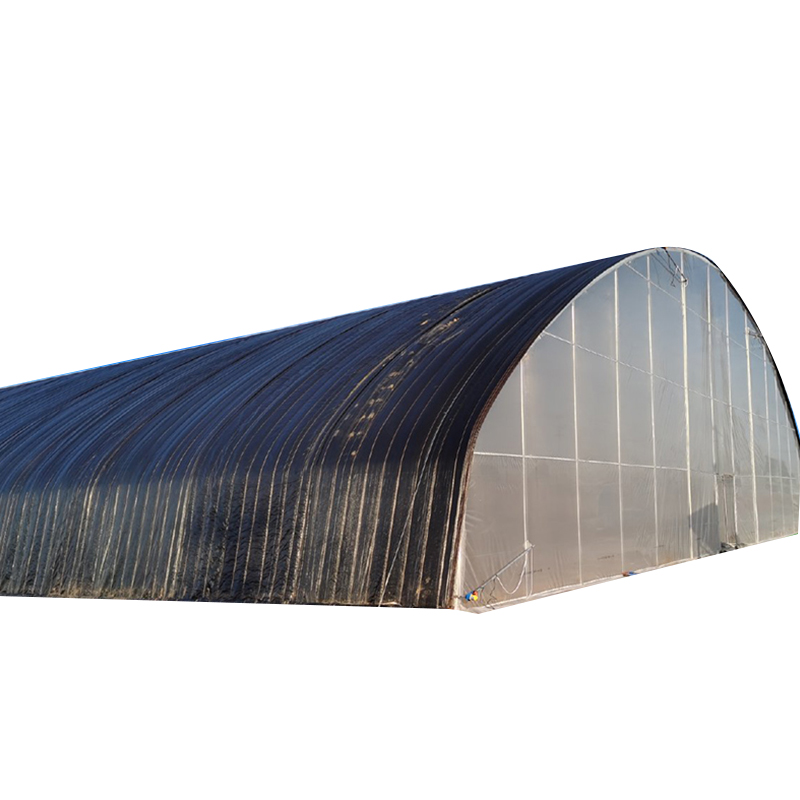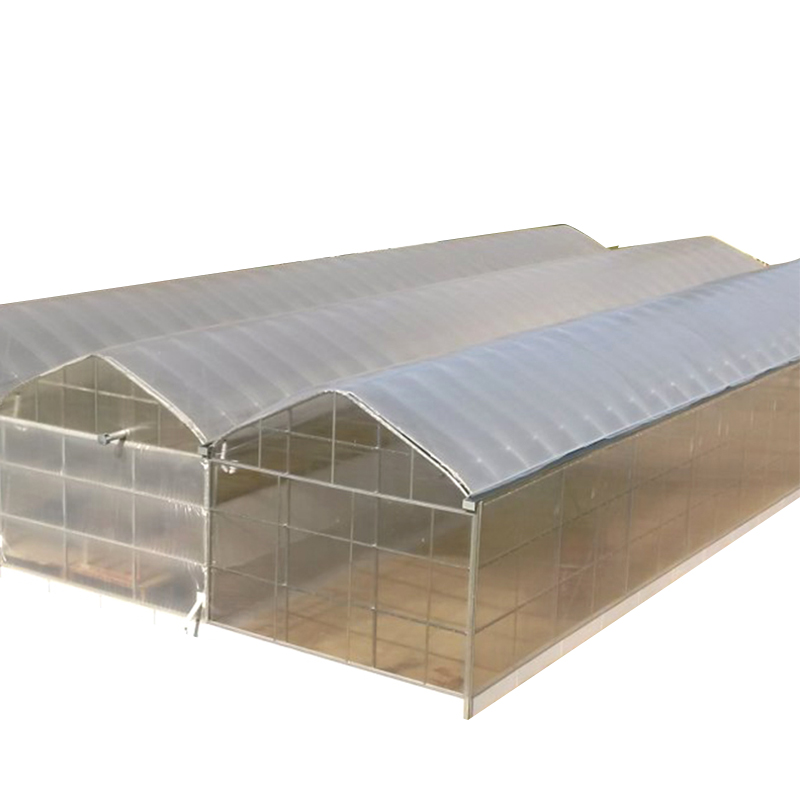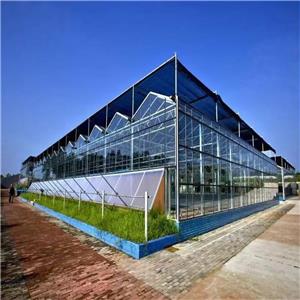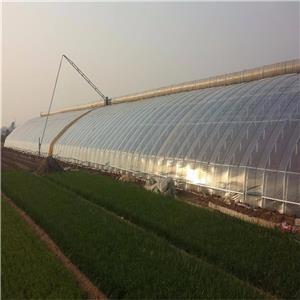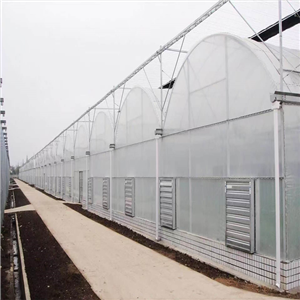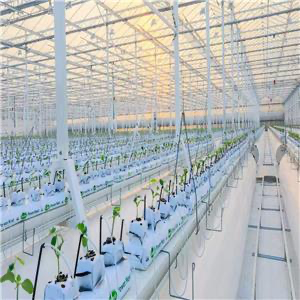
steel frame structure solar greenhouse, composite material solar greenhouse and production-type solar greenhouse combine robust construction with energy-efficient design, making it ideal for commercial growers and serious gardeners. Built with hot-dip galvanized steel, it offers exceptional durability, resisting corrosion, heavy snow loads (up to 50kg/m²), and strong winds (120+ km/h).
Steel Frame Structure Composite Production-type Solar Greenhouse
1. Executive Summary of steel frame structure solar greenhouse, composite material solar greenhouse and production-type solar greenhouse
The Steel Frame Structure Composite Production-Type Solar Greenhouse represents a revolutionary advancement in modern agricultural infrastructure, combining industrial-grade durability with cutting-edge energy efficiency. Designed for high-density commercial cultivation, this greenhouse system delivers unmatched productivity, climate control precision, and operational economy through its innovative composite construction and integrated solar technologies.
This comprehensive technical document examines:
Advanced structural engineering principles
Composite material innovations
Solar energy utilization systems
Precision climate management
Commercial viability and ROI analysis
2. Structural Engineering & Design of steel frame structure solar greenhouse, composite material solar greenhouse and production-type solar greenhouse
2.1 Heavy-Duty Steel Framework
Primary Structure: ASTM A572 Grade 50 steel columns and trusses
Load Capacity:
Snow load: 75kg/m² (157lbs/ft²)
Wind resistance: 150km/h (93mph)
Seismic performance: Zone 4 compliant
Corrosion Protection:
Hot-dip galvanized coating (minimum 85μm)
Powder-coated finish options available
2.2 Composite Wall System
Multi-layer construction:
Outer skin: 5mm tempered glass (92% light transmission)
Middle layer: 50mm aerogel insulation (R-value 5.2)
Inner skin: 4mm polycarbonate (UV-protected)
Thermal performance:
U-value: 0.48 W/(m²·K)
Condensation resistance: 85% RH at 20°C
2.3 Roof Configuration
Asymmetric design (30° south/60° north pitch)
Automated venting system (40% openable area)
Integrated solar collectors (175W/m² capacity)
3. Solar Energy Systems of steel frame structure solar greenhouse, composite material solar greenhouse and production-type solar greenhouse
3.1 Active Solar Components
Photovoltaic integration:
Semi-transparent solar glass (30% light transmission)
Standard 5kW system (expandable to 20kW)
Solar thermal system:
Evacuated tube collectors (200L/m² storage)
Heat distribution via underbench piping
3.2 Passive Solar Features
Thermal mass storage:
Phase-change material walls (22°C transition)
Basalt rock heat banks (8-hour thermal lag)
Light optimization:
Prismatic light-diffusing panels
Movable reflector systems
4. Climate Control Technology of composite material solar greenhouse
4.1 Precision Environmental Management
Multi-zone monitoring:
Air/soil temperature
Relative humidity
CO₂ concentration
PAR levels
Automated systems:
Retractable shading (70% light reduction)
Fogging irrigation (0.1mm droplet size)
Horizontal air flow (HAF) fans
4.2 Energy Performance Data
| Parameter | Performance | Conventional Greenhouse |
|---|---|---|
| Heating demand | 18kWh/m²/yr | 210kWh/m²/yr |
| Cooling demand | 23kWh/m²/yr | 85kWh/m²/yr |
| Light utilization | 91% | 72% |
| Climate stability | ±1.5°C | ±5°C |
5. Production Optimization
5.1 Space Utilization
Movable growing systems:
Rolling benches (90% floor usage)
Vertical growing towers (3.5x yield density)
Ergonomic design:
2.4m working aisle height
Automated transport rails
5.2 Crop Performance
| Crop Type | Yield Increase | Quality Improvement |
|---|---|---|
| Tomatoes | +35% | 20% higher brix |
| Lettuce | +42% | 30% less tipburn |
| Cucumbers | +38% | 25% straighter fruit |
| Berries | +45% | 15% larger size |
6. Construction & Implementation
6.1 Installation Process
Site preparation (3-5 days)
Ground stabilization
Utility connections
Structural erection (7-10 days)
Primary frame assembly
Glazing installation
Systems integration (5-7 days)
Climate control
Irrigation
Energy systems
6.2 Maintenance Protocols
Daily: System diagnostics check
Weekly: Glazing cleaning
Monthly: Structural inspection
Annual: Full system recalibration
7. Economic Analysis of steel frame structure solar greenhouse
7.1 Cost Structure
| Component | % of Total | Lifespan (years) |
|---|---|---|
| Structure | 45% | 30+ |
| Glazing | 25% | 15 |
| Systems | 30% | 10 |
7.2 ROI Calculation
Capital investment: $120-150/m²
Operational savings: $45/m²/yr
Production increase: $65/m²/yr
Payback period: 2.8 years
8. Case Studies
8.1 Commercial Vegetable Operation (Netherlands)
Size: 5,000m²
Results:
32% energy reduction
28% yield increase
19% labor savings
8.2 Research Facility (Canada)
Winter performance:
-30°C external
+15°C internal (no auxiliary heat)
9. Future Developments
AI-powered climate optimization
Integrated water recovery systems
Robotic harvesting interfaces
10. Conclusion
The Steel Frame Structure Composite Production-Type Solar Greenhouse establishes new benchmarks in:
Structural performance and longevity
Energy efficiency and sustainability
Crop productivity and quality control
This system represents the future of commercial protected agriculture, delivering unprecedented control over growing environments while significantly reducing operational costs and environmental impact.

